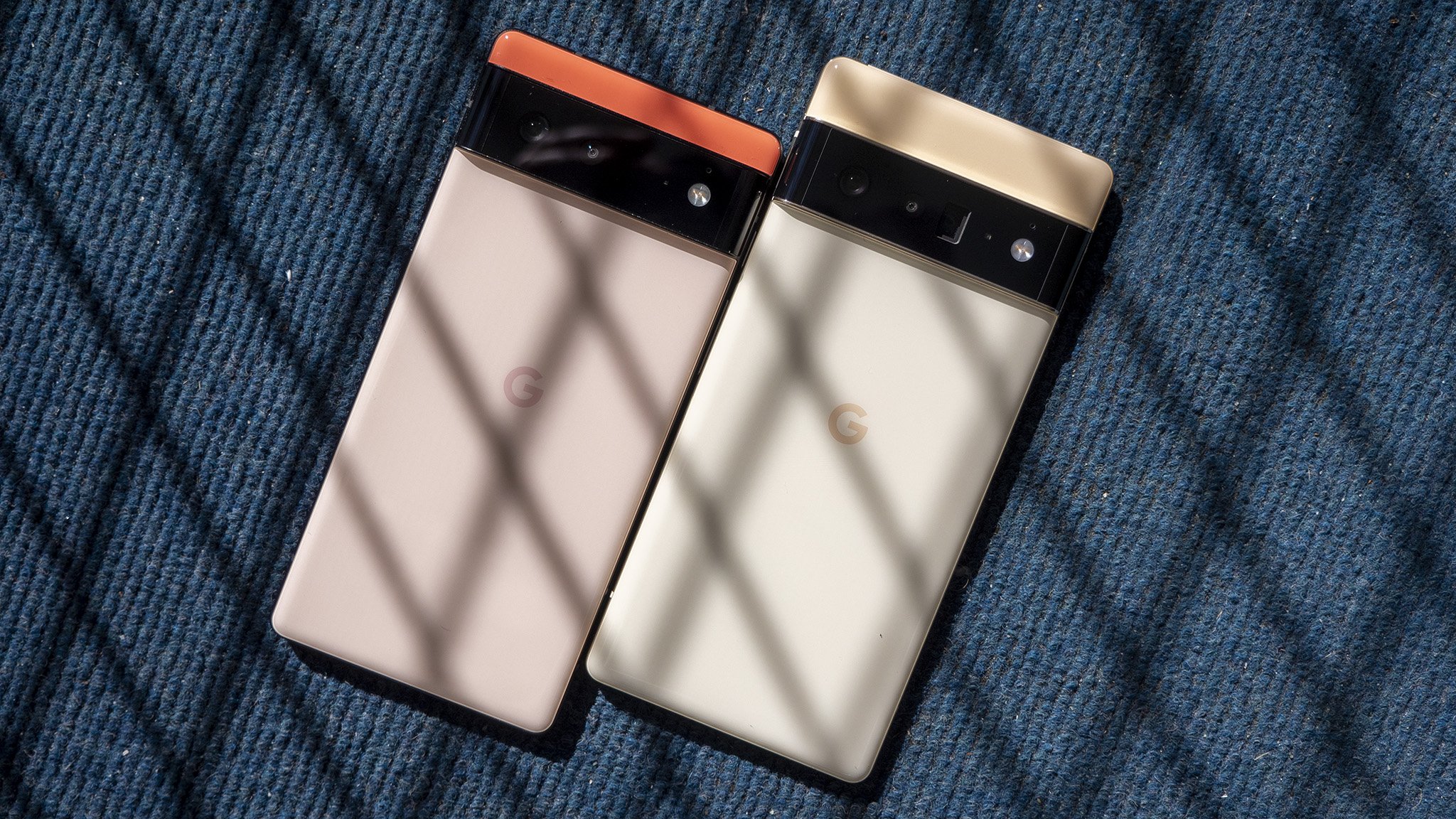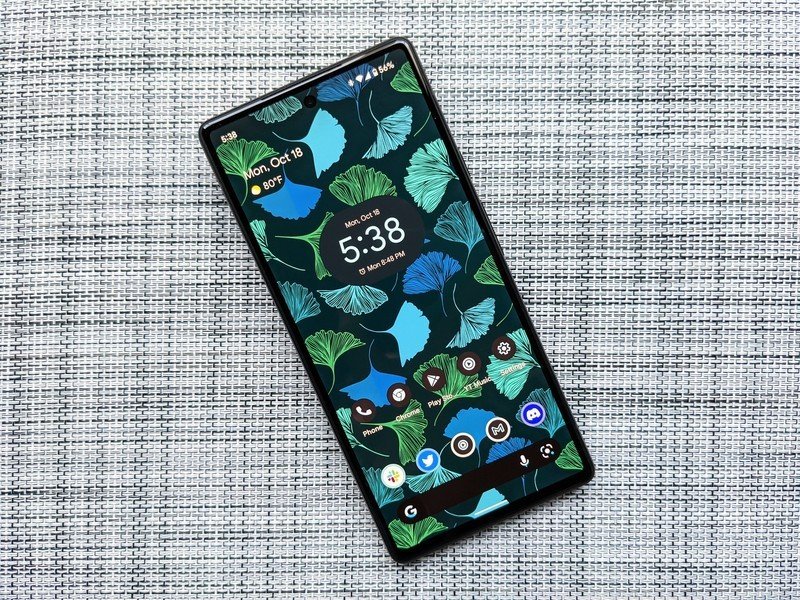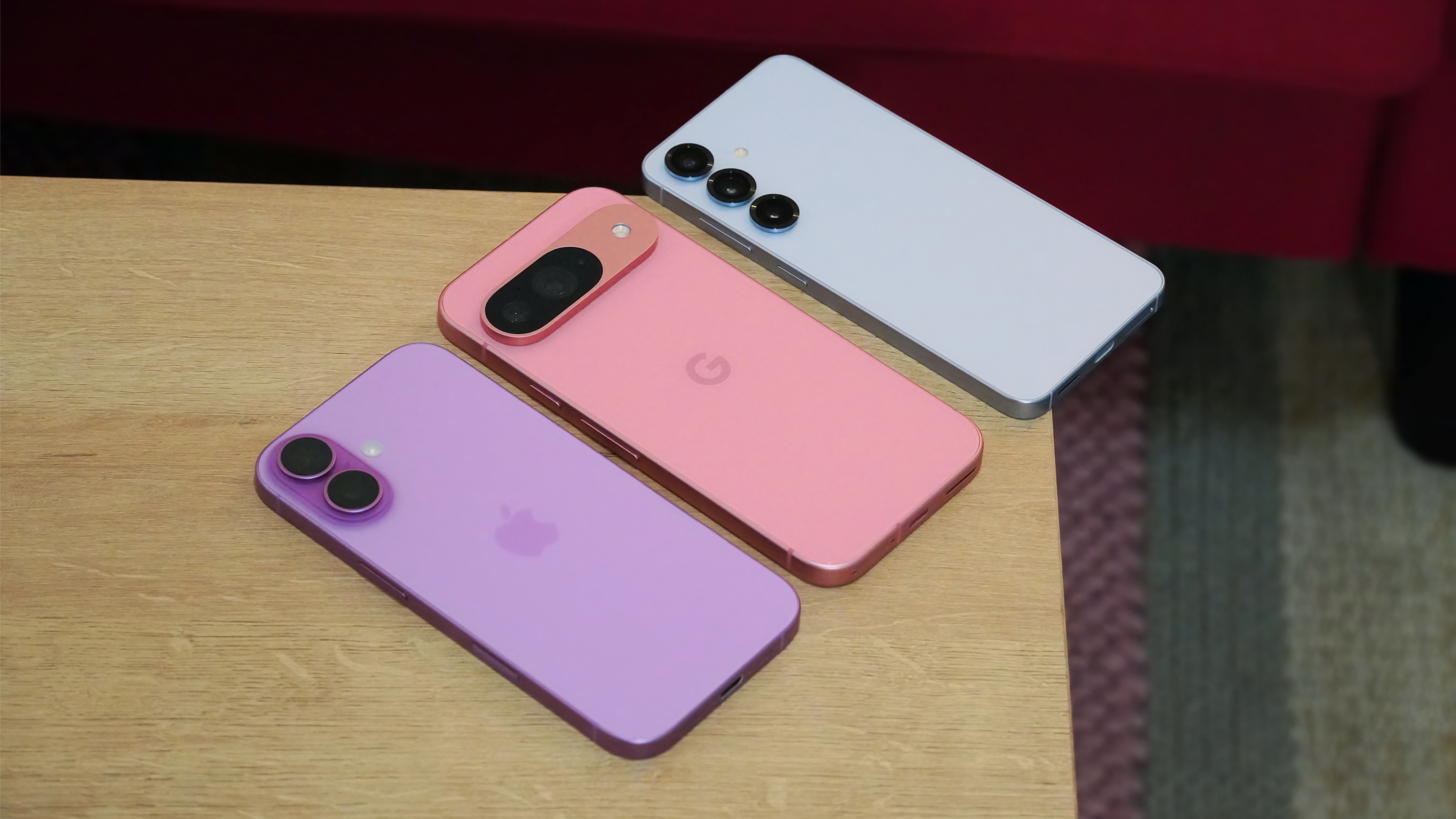Pixel 6 launch confirms Google doesn't care about most global markets

When Google said it was getting serious about its hardware ambitions with the Pixel 6 series, I was excited. Google has been very conservative when it comes to the global availability of its devices, and I was looking forward to that changing with the Pixel 6. However, that isn't the case; the Pixel 6 and Pixel 6 Pro are limited to a dozen countries around the world, meaning a majority of customers looking to get their hands on Google's hardware are left out.
That's a real letdown, because from a hardware point of view, the Pixel 6 and 6 Pro are among the best devices that Google has introduced to date. They feature gorgeous designs, custom silicon made in collaboration with Samsung, and cameras that can take on the best Android phones. Best of all, the Pixel 6 at $599 and Pixel 6 Pro at $899 significantly undercut their immediate rivals. If Google were really serious about hardware, this would have been the ideal time to make a global push and launch the Pixel 6 series in most international markets.
Google is the only phone manufacturer that doesn't sell its devices in most global markets.
Of course, this isn't new. I wrote a similar post last year when Google shared details on Pixel 5 availability, with that phone sold in just nine countries. The Pixel 6 series is also debuting in the same nine markets: U.S., UK, Canada, Japan, Australia, Taiwan, Germany, France, and Ireland. It will make its way to Spain, Italy, and Singapore in early 2022.
The Pixel 2 series was also limited globally, launching in just nine countries. The Pixel 3 fared slightly better by debuting in 13 countries, but the Pixel 4 was also limited to nine markets. The Pixel 4a launched in 13 countries, and the Pixel 5 was sold in nine markets. By contrast, Samsung sells its phones in 130 countries around the world.
While Google has been making phones for five years now, it just doesn't have the scale to go up against the likes of Samsung, notes Navkendar Singh, Research Director at IDC India. "Google is yet to reach the scale (production/volumes, reach and marketing) of its competition, namely Apple and Samsung in the smartphone hardware space. So, while the other two are able to generate massive volumes with every new launch in dozens of markets simultaneously, Google finds it tough to manage supplies (more so now) and generate volumes while competing with such strong incumbents."

Singh said that Google limits its devices to select markets because it has figured out what countries work best when it comes to driving initial momentum. "With the Pixel 4 and 5 launches, Google has figured out which markets are working well for its Pixel lineup and generate acceptability in those markets, e.g., Japan, UK, Germany, France in addition to the regular U.S. and Canada. This helps in generating an initial wave of interest from these markets."
The Pixel 6 is Google's best shot at gaining some much-needed sales momentum.
Even after launching devices in small waves in the past, Google hasn't managed to see any real uptick for its flagship Pixel series. Singh says that there's a real possibility of that changing with the Pixel 6 series — provided Google can sort out carrier availability and marketing. "Considering the strengths of Apple and Samsung it will be challenging to find shelf space and consumer mindshare, but with Pixel 6 lineup it is possible to generate volumes this time around, more than any time in the past for Google."
Be an expert in 5 minutes
Get the latest news from Android Central, your trusted companion in the world of Android
On a personal level, I'm annoyed that Google doesn't launch its flagship phones in India. It did so until the Pixel 3 series, but with 90% of sales in India focused on the sub-$300 category, it is clear that Google doesn't plan to bring its best devices to the country. "Google has always found it difficult to find reasonable volumes to justify the presence in this intensely competitive market where China based vendors are so aggressive with high decibel marketing and depth / width of distribution," notes Singh.
Furthermore, the fact that India doesn't have a carrier-based sales ecosystem is a factor in Google's decision to not launch the Pixel 6 series in the country, says Singh. All of the countries where Google is selling its latest phones are reliant on carrier subsidies.
Based on that reasoning, it makes sense for Google to limit its devices to a few markets until it builds the scale to target a global launch. I figured that would be the case this year with the Pixel 6 and 6 Pro, but that isn't to be; we'll just have to wait a while longer. If you're not in one of the nine countries where the phones are going on sale, you'll have to look elsewhere. Thankfully, there's no dearth of choice in the flagship category.
Ultimately, Google is positioning its latest phones as viable alternatives to the Galaxy S21 series, and while this is the search giant's best shot at making inroads into Samsung's market share, it remains to be seen whether it can actually manage to do so.

Harish Jonnalagadda is Android Central's Senior Editor overseeing mobile coverage. In his current role, he leads the site's coverage of Chinese phone brands, networking products, and AV gear. He has been testing phones for over a decade, and has extensive experience in mobile hardware and the global semiconductor industry. Contact him on Twitter at @chunkynerd.
